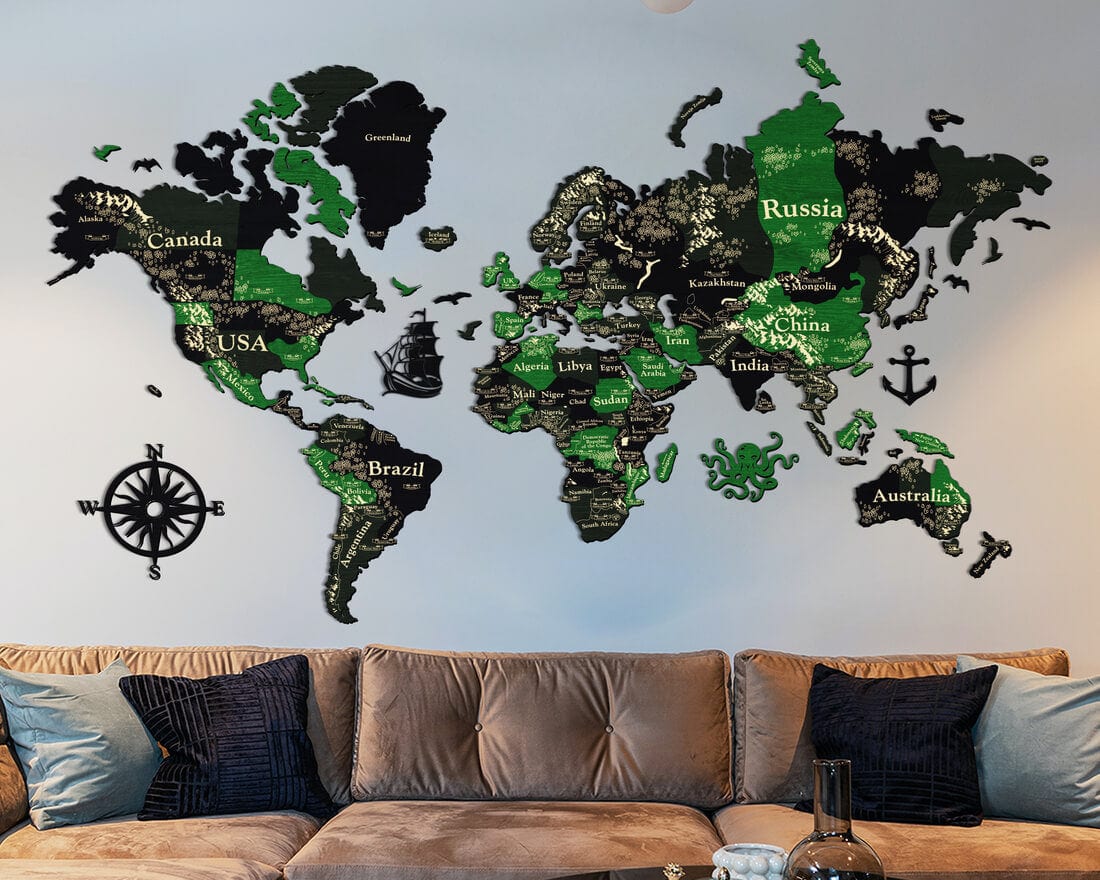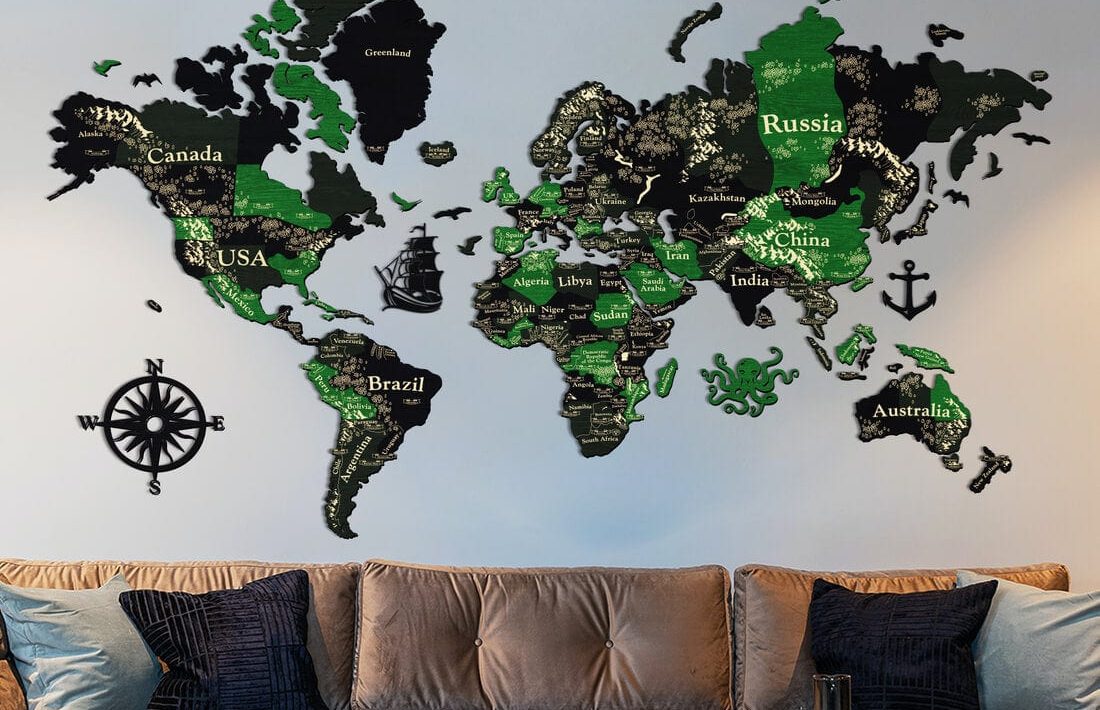Antique wooden maps are not just historical artifacts; they are windows into the past, offering invaluable insights into the geographical knowledge, cultural perspectives, and craftsmanship of bygone eras. However, these fragile treasures are at risk of deterioration due to age, environmental factors, and neglect. Cartographic conservation plays a vital role in safeguarding these antique wooden maps so that they can be passed down to future generations as a testament to human ingenuity and exploration.
Here, we delve into the importance of preserving antique wooden maps and the methods employed in their conservation:
Significance of Antique Wooden Maps:
- Historical Documentation: Antique wooden maps are valuable historical documents that provide evidence of the geographic understanding of the time they were created. They offer glimpses into the past, showcasing the evolution of geographical knowledge, political boundaries, and cultural perspectives.
- Cultural Heritage: These maps are a part of our cultural heritage, reflecting the artistry and craftsmanship of their creators. They often incorporate cultural symbols, indigenous knowledge, and regional landmarks, making them significant not only from a geographical but also from a cultural and artistic standpoint.
- Educational Value: Antique wooden maps are educational tools that help us understand the world as it was perceived in the past. They provide valuable context for historical events, explorations, and discoveries. Preserving them allows for continued study and learning.

Challenges in Preservation:
- Age and Fragility: Wooden maps, often centuries old, are inherently fragile. The wood may deteriorate, warp, or become infested by pests. The paints and pigments used can fade or flake, making the maps susceptible to damage.
- Environmental Factors: Exposure to fluctuating humidity, temperature, and light can accelerate the deterioration of wooden maps. They are also vulnerable to environmental pollutants, which can harm the materials.
- Neglect and Mishandling: Improper storage, handling, or cleaning can result in irreversible damage to these maps. In some cases, well-intentioned attempts at restoration have inadvertently caused harm.
Methods of Cartographic Conservation:
- Cleaning and Dusting: The first step in conservation is gentle cleaning to remove accumulated dust and debris. Specialized tools and techniques are employed to ensure that cleaning does not harm the map’s surface.
- Stabilization: If the wood is deteriorating, conservationists may stabilize it using adhesives or consolidants. This helps prevent further damage and loss of material.
- Humidity and Temperature Control: Proper storage conditions, including controlled humidity and temperature levels, are crucial to prevent warping, cracking, or mold growth. Wooden maps are often stored in climate-controlled environments.
- Protection from Light: Exposure to light, especially ultraviolet (UV) light, can fade pigments and cause deterioration. Maps are displayed and stored in areas with low light levels, or UV-filtering glass may be used for display.
- Professional Restoration: In cases where significant damage has occurred, professional restoration may be necessary. Skilled conservators can repair structural damage, stabilize pigments, and restore missing elements using reversible techniques.
- Documentation and Archiving: As part of the conservation process, detailed documentation is often undertaken. This includes photographic records, written descriptions, and historical research to capture the map’s provenance and history.
- Public Education: Conservation efforts often include educational outreach to raise awareness about the importance of preserving antique wooden maps. This fosters a sense of shared responsibility for cultural heritage.
In conclusion, cartographic conservation is essential to ensure that antique wooden maps survive for future generations to appreciate and study. These maps are not only historical and cultural treasures but also valuable tools for understanding our world’s past. By employing meticulous techniques and maintaining proper storage conditions, conservationists and institutions play a crucial role in preserving these fragile yet remarkable artifacts, ensuring that they continue to inspire and educate for centuries to come.
Source: https://just-likewood.com/

